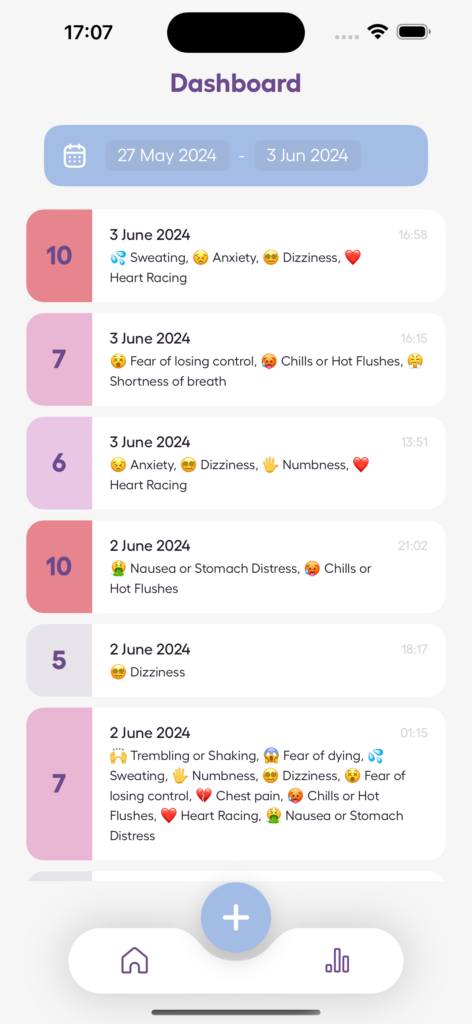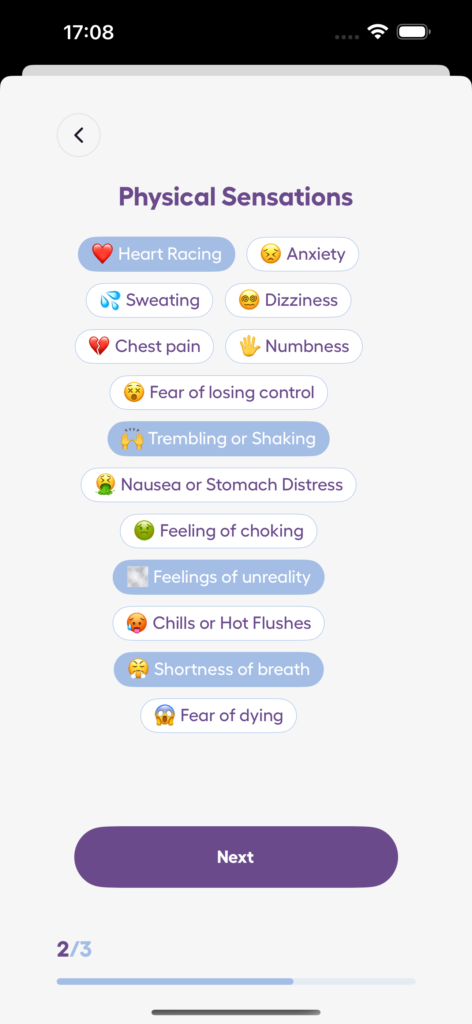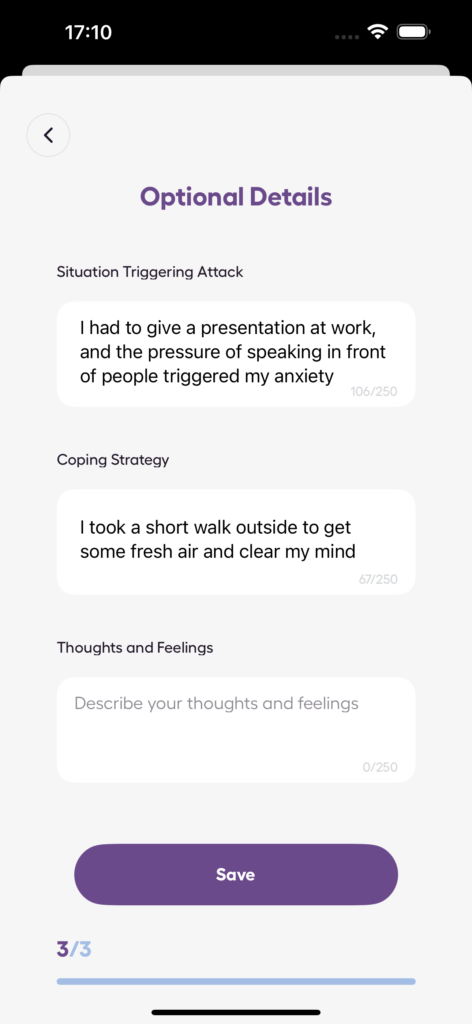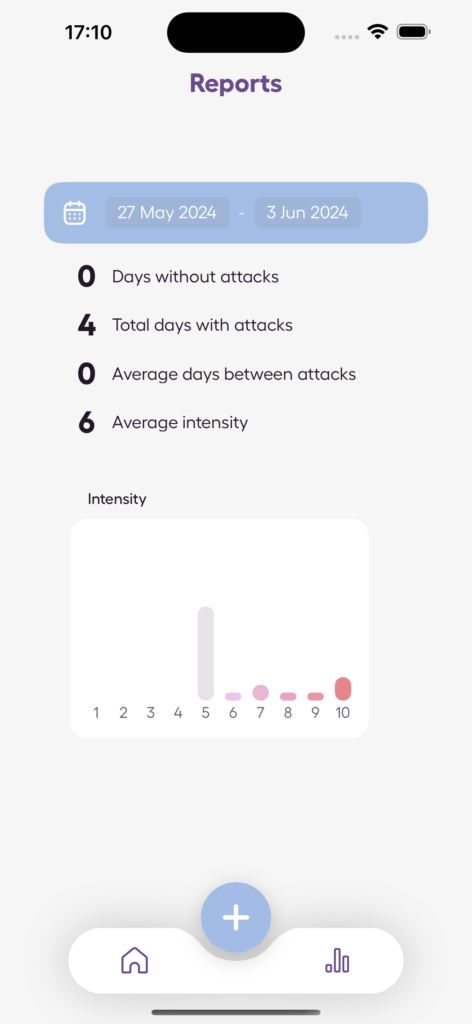Teens often feel overwhelmed by juggling school, activities, and social life, which can lead to stress and anxiety. Time management offers a way to regain control and reduce this worry. Here’s how it helps:
- Stay Organized: Clear schedules prevent last-minute panic and missed deadlines.
- Balance Work and Relaxation: Proper planning ensures time for both responsibilities and downtime.
- Boost Confidence: Completing tasks on time builds independence and trust in their abilities.
- Reduce Stress: Structured days create stability, helping teens feel more in control.
Practical tips include prioritizing tasks, using tools like the Pomodoro Technique, and breaking large projects into smaller steps. Tracking stress levels with an anxiety journal can also highlight patterns and improve routines. If anxiety persists despite planning, seeking help from a counselor or professional is important.
Time Management Tips for Teens
How Time Management Improves Teen Mental Health
Time management plays a key role in helping teens maintain emotional balance and ease anxiety. By organizing their time well, teens can experience noticeable improvements in their mental well-being.
Getting Work Done Without Stress
When teens take the time to plan ahead and break tasks into smaller steps, they can:
- Finish homework without last-minute panic
- Study for tests gradually instead of cramming
- Turn in projects on time
- Manage unexpected challenges with more ease
This methodical approach not only eases pressure but also helps them feel more confident in tackling daily responsibilities.
Building Confidence and Better Decision-Making
Good time management creates a cycle of success that boosts confidence and decision-making skills. When teens consistently stick to their schedules, they gain:
- More confidence in their abilities
- A stronger sense of independence
- A better understanding of how long tasks actually take
- Increased trust in their ability to plan effectively
By mastering their time, teens can feel more in control of their day, which helps combat the overwhelming feelings often tied to anxiety.
Structured Days That Reduce Stress
Having a consistent daily routine can provide the stability teens need to lower anxiety. Here’s an example of how a well-planned day might look:
| Time | Activity | Benefit |
|---|---|---|
| 6:30 AM – 7:30 AM | Morning routine & breakfast | Starts the day on a positive note |
| 7:30 AM – 2:30 PM | School hours | Dedicated time for learning |
| 2:45 PM – 4:00 PM | Homework/study block | Focused effort while energy is still high |
| 4:00 PM – 5:30 PM | Extracurricular activities | Combines physical activity and socializing |
| 5:30 PM – 7:00 PM | Family time & dinner | Promotes connection and relaxation |
| 7:00 PM – 8:30 PM | Light studying or free time | Allows for flexibility and unwinding |
| 8:30 PM – 9:30 PM | Wind-down routine | Prepares for restful sleep |
A balanced schedule with room for flexibility helps teens stay on top of tasks while keeping stress levels manageable.
Time Management Methods for Teens
Structured days can help reduce stress, and these practical techniques can make managing time much easier.
Making Lists and Prioritizing Tasks
Organized task lists can help teens stay on track and avoid feeling overwhelmed. Start by listing everything that needs to be done, then prioritize tasks using this system:
| Priority Level | Description | Example Tasks |
|---|---|---|
| Urgent & Important | Must be done immediately | Math test tomorrow, English essay due tonight |
| Important | Due in a few days | Science project, soccer practice |
| Can Wait | No strict deadline | Cleaning your room, watching a new show |
| Optional | Nice to have, not necessary | Extra credit work, browsing social media |
Focus on finishing one task at a time to avoid feeling overwhelmed.
Using Scheduled Blocks and Focus Periods
The Pomodoro Technique is a great way to stay focused. Here’s how it works:
- Pick a task to work on.
- Set a timer for 25 minutes.
- Work without distractions during that time.
- Take a 5-minute break.
- After four cycles, take a longer 30-minute break.
This method helps maintain concentration while preventing burnout.
Breaking Down Big Projects
Large tasks can feel daunting, but breaking them into smaller steps makes them much more manageable. For example, here’s how to tackle a research paper:
| Day | Task | Time Needed |
|---|---|---|
| Day 1 | Choose a topic and outline | 30 minutes |
| Day 2-3 | Research and take notes | 2 hours |
| Day 4-5 | Write the first draft | 2 hours |
| Day 6 | Edit and revise | 1 hour |
| Day 7 | Final review and formatting | 30 minutes |
These strategies can easily fit into daily routines, helping teens stay organized and less stressed.
sbb-itb-b1dedcc
Using Time Management with Anxiety Journal
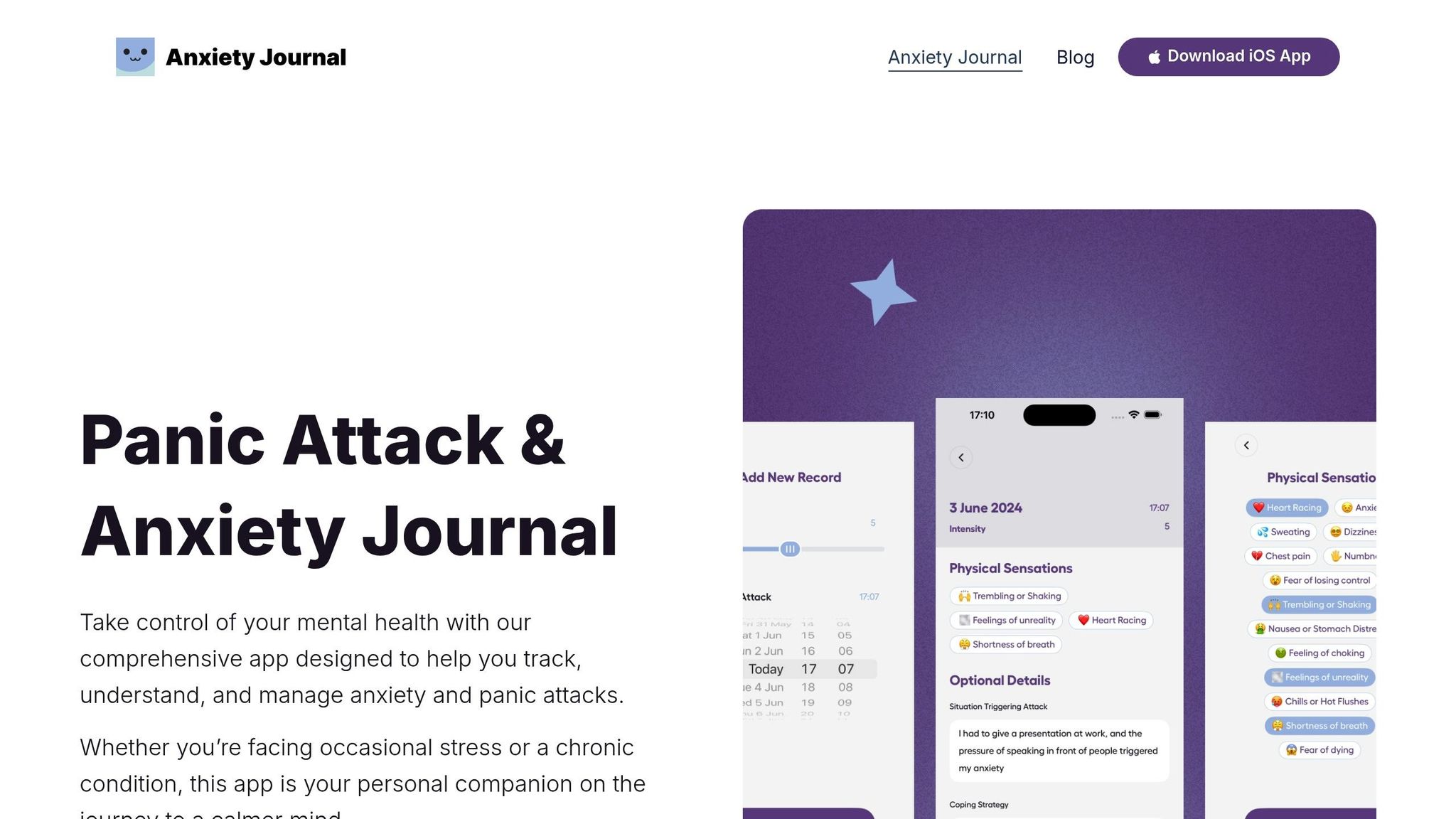
Track Stress Levels with Anxiety Journal
The Anxiety Journal connects your daily schedule with stress levels. By logging activities and symptoms, you can uncover patterns that help you make adjustments to your routine.
| Time of Day | What to Track | Why It Helps |
|---|---|---|
| Morning | Sleep quality, morning routine timing | Spot if rushing in the morning adds to your anxiety |
| During School | Class schedules, test times, homework | See how academic pressure impacts your stress levels |
| After School | Activities, study breaks, free time | Balance work with downtime to avoid burnout |
| Evening | Wind-down routine, next-day prep | Reduce nighttime worry by planning ahead |
AI analysis can highlight connections between your schedule and anxiety. For instance, if stress spikes on days packed with back-to-back activities, try adding buffer time between tasks. These insights help you better align your schedule with your emotional well-being.
Connect Daily Schedule to Mood Changes
Understanding how your schedule affects your mood can guide you toward better routines. The Anxiety Journal offers features to make tracking easier and more effective:
| Feature | Purpose | Benefit |
|---|---|---|
| Smart Filters | Sort logged activities by time to find stress patterns | Pinpoint schedules that work better for you |
| Progress Reports | View anxiety trends over time | Monitor how adjustments improve your stress levels |
| Trigger Analysis | Identify events that cause stress | Proactively tweak your schedule to reduce anxiety |
| Symptom Log | Track physical and emotional responses | Gain insight into how your routine impacts your well-being |
Conclusion: Making Time Management a Daily Habit
Practice Every Day
Managing your time effectively takes consistent effort. Think of it as a daily habit, like brushing your teeth – it can ease stress and improve your mental well-being.
Here are a couple of tips to build this habit:
- Stick to a regular schedule and keep track of your activities alongside your stress levels to stay on top of things.
- Use tools like Anxiety Journal to gain insights and adjust your plan as needed.
Anxiety Journal can help you track your emotions and routines, giving you a clearer picture to handle anxiety better.
But even the best habits sometimes need extra help.
Know When to Ask for Help
While managing your time is important, it’s just as crucial to recognize when you need outside support. If sticking to your schedule feels impossible or your anxiety keeps growing despite your efforts, it’s time to reach out.
| What to Watch For | What to Do |
|---|---|
| Struggling to follow your schedule | Talk to a parent, teacher, or school counselor |
| Anxiety levels rising despite planning | Look into professional help |
| Feeling overwhelmed by time management | Review your Anxiety Journal for patterns or signs of stress |
If these signs appear, don’t hesitate to ask for help. Sometimes, a fresh perspective can make all the difference.
FAQs
How can time management techniques like the Pomodoro Technique help teens handle their schoolwork and reduce anxiety?
The Pomodoro Technique can be a great tool for teens to manage their schoolwork and reduce anxiety. By breaking tasks into smaller, focused intervals (typically 25 minutes), followed by short breaks, this method helps prevent overwhelm and keeps productivity high.
This approach encourages teens to focus on one task at a time, making large assignments feel more manageable. It also builds a sense of accomplishment with each completed interval, which can boost confidence and reduce stress. Over time, using techniques like this can help teens feel more in control of their workload, leading to a calmer and more balanced mindset.
What are some signs that a teen might need extra help managing their anxiety beyond using time management strategies?
While time management can be a powerful tool for reducing anxiety, some teens may show signs that they need additional support. These signs can include:
- Persistent feelings of overwhelm or hopelessness, even with structured routines.
- Physical symptoms, such as frequent headaches, stomachaches, or trouble sleeping, that don’t improve over time.
- Avoidance behaviors, like skipping school, withdrawing from friends, or avoiding activities they once enjoyed.
- Difficulty concentrating or completing tasks despite their best efforts.
If you notice these signs, it may be helpful to consult a mental health professional who can provide tailored guidance and support. Early intervention can make a significant difference in helping teens manage their anxiety effectively.
How can teens use an anxiety journal to improve time management and mental well-being?
An anxiety journal can help teens take control of their mental health by tracking their anxiety triggers, symptoms, and coping strategies. By identifying patterns in their stress and anxiety, they can plan their time more effectively, avoid overwhelming situations, and build healthier habits.
Using tools like an anxiety tracker allows teens to log their emotions and monitor changes over time. This self-awareness can lead to better decision-making, improved time management, and a greater sense of control, all of which contribute to reduced anxiety and overall mental well-being.


